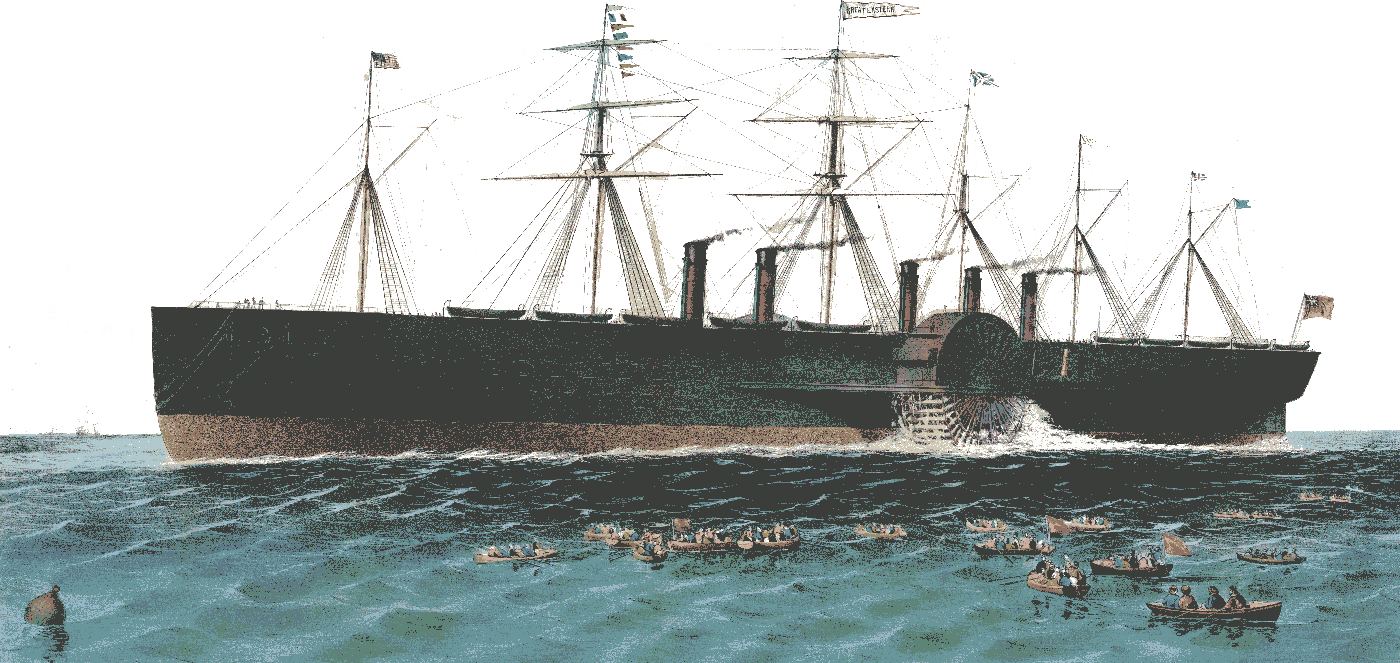Clifton Suspension Bridge

The original design for a bridge to span the Avon Gorge in Bristol was to be decided by a competition which, in 1829, was judged by Thomas Telford. Telford rejected all the designs and put his own forward which obviously proved very unpopular. A second competition was held in 1830. and 24 year old Isambard Kingdom Brunel was eventually declared the winner and appointed project engineer – his first major commission.
However, financial difficulties and contractual disagreements led to long delays in its construction and it was left for decades unfinished. When Brunel died in 1859, the bridge was still not completed. His colleagues in the Institution of Civil Engineers felt that completion of the Bridge would be a fitting memorial to Brunel, and started to raise new funds to complete it. As Brunel's Hungerford suspension bridge, over the Thames was being demolished at the time, its chains were bought to use at Clifton.

The bridge spans 214 metres between its two 26 metre high towers and stands 76 metres above the high water mark in the Avon river gorge.. Modern computer analysis has revealed that in his design of the crucial joints between the 4,200 links that make up the bridge’s chain, Brunel had made an almost perfect calculation of the minimal weight required to maintain maximum strength. 
Although built for pedestrian and horse drawn traffic, the bridge was so ingeniously constructed that it is now capable of carrying millions cars a year. Recently it was discovered that the bridge’s abutments contain a honeycomb of chambers and tunnels, some of which are 11 metres high. It is thought that these spectacular vaults reduced the cost of construction without reducing strength.



